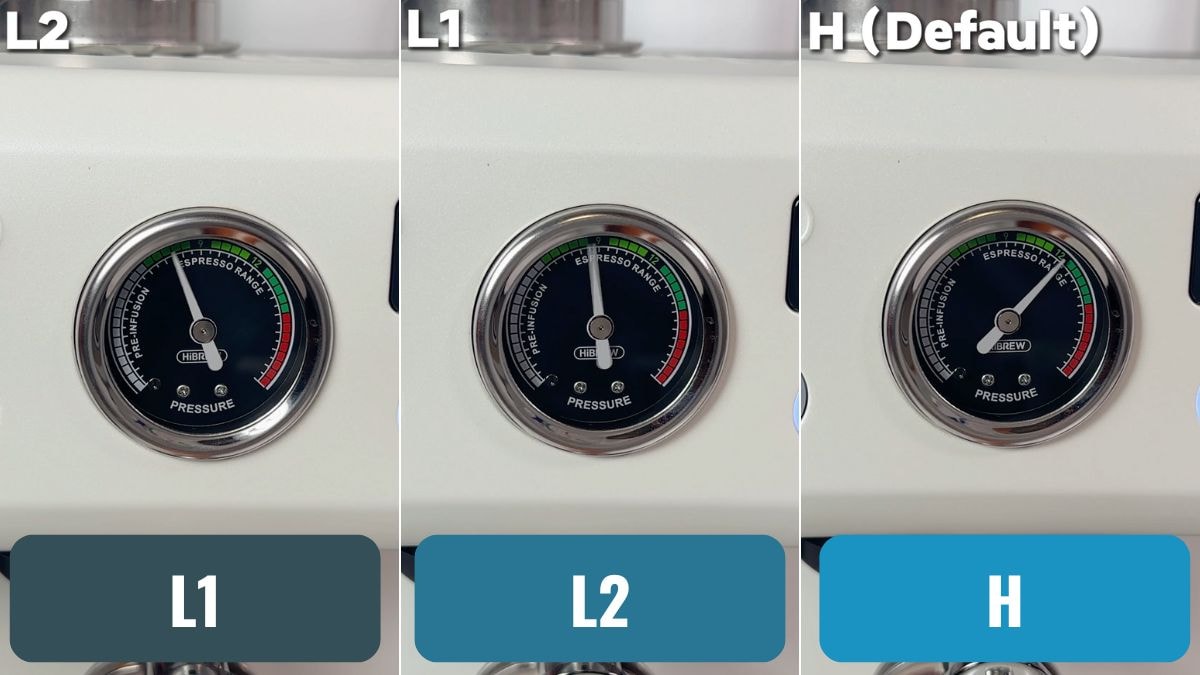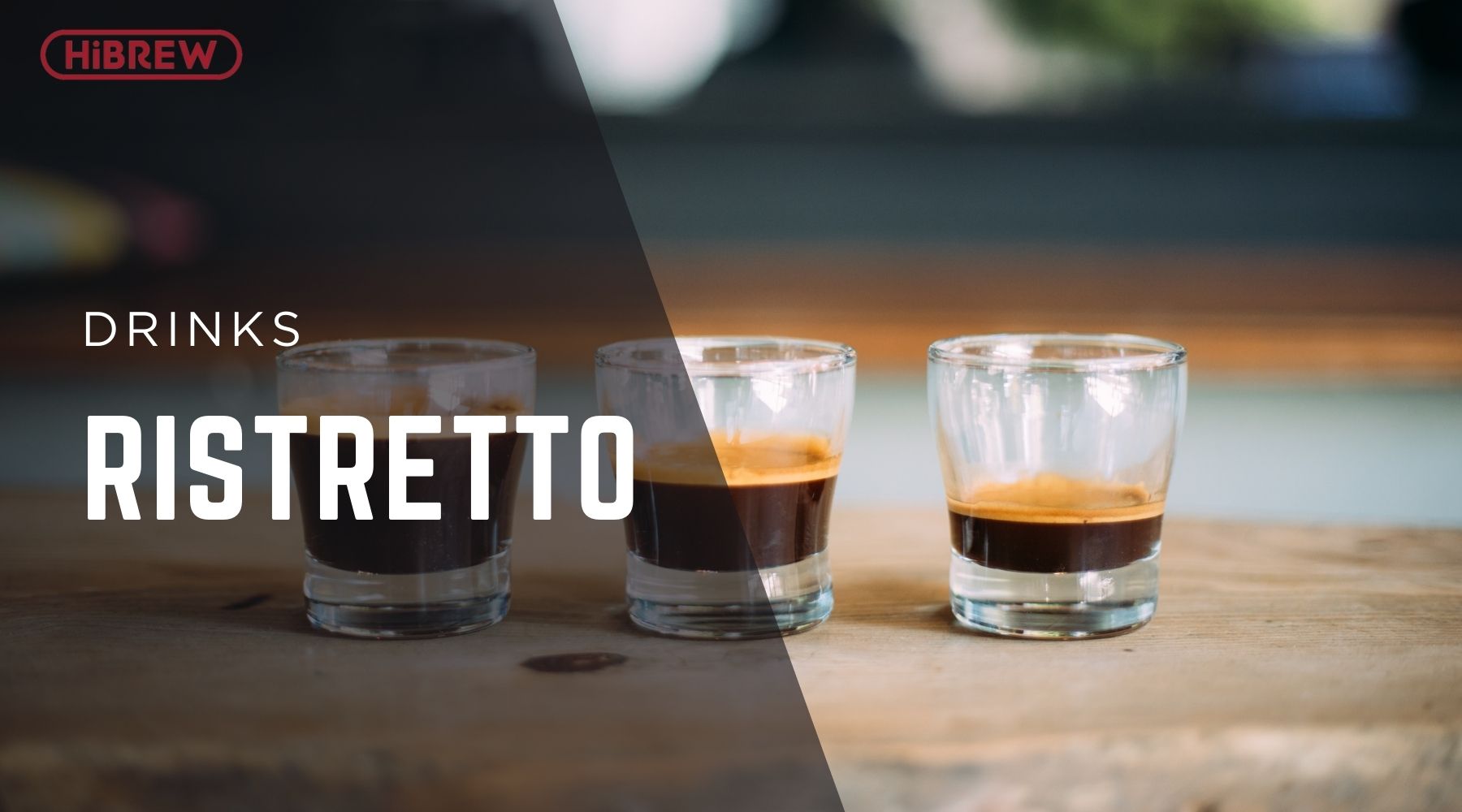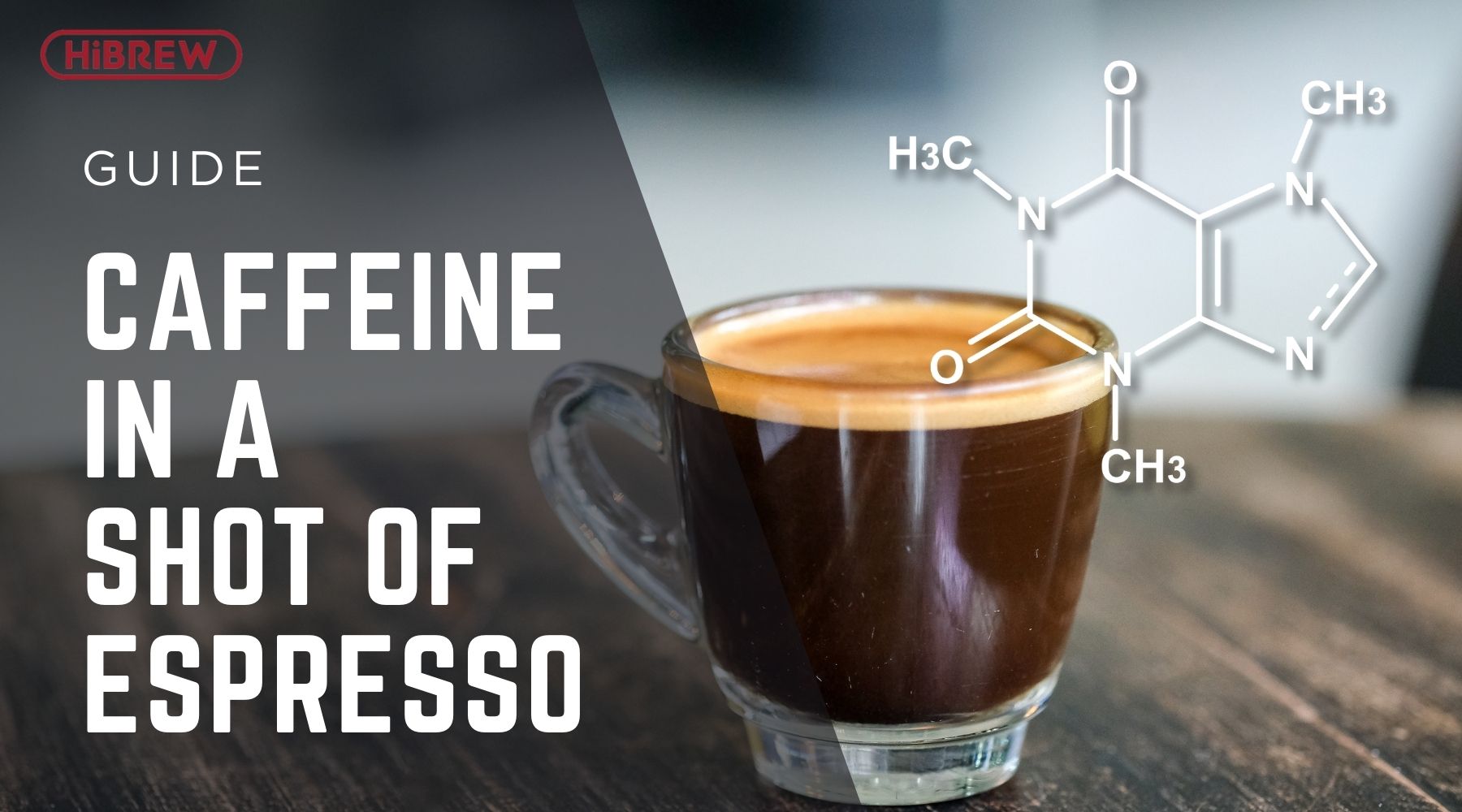Looking for the optimal espresso pressure? Most modern espresso machines operate best at around 9 bars of pressure. However, there’s more to the story. Understanding how pressure influences espresso extraction helps you make consistently good espresso, whether at home or in a café.
What Is Espresso Pressure and Why Does It Matter?
Espresso pressure, measured in bars, is the force the espresso machine’s pump uses to push hot water through the compacted coffee grounds, known as the coffee puck. One bar equals atmospheric pressure at sea level, so 9 bars means water is pushed with nine times that pressure.
This pressure controls the flow rate of water through the coffee puck and determines how much flavor, oils, and soluble compounds are extracted from the ground coffee. Too little pressure leads to weak, under-extracted espresso, while too much pressure can cause bitterness and over-extraction.
Why 9 Bars Became the Standard for Espresso Brewing
The choice of 9 bars as the standard pressure comes from how water interacts with the coffee puck during extraction.
- At lower pressures, water flows too quickly through the grounds, resulting in under-extraction and weak flavors.
- At pressures above 9 bars, water is forced too hard, which can cause over-extraction, bitterness, and a harsh taste.
Decades of testing and barista experience show that around 9 bars provide the best balance. It pushes water through the coffee puck at a rate that extracts a full range of flavors without damaging delicate oils and acids. This pressure also creates a thick, stable crema, a hallmark of a well-pulled espresso.
Additionally, 9 bars roughly matches the pressure needed to overcome the resistance of a properly tamped coffee puck with a typical espresso grind size. This balance helps ensure consistent flow rate and extraction time, both critical for repeatable, high-quality espresso.
Because of this, most modern espresso machines are designed to maintain a steady 9-bar pressure throughout brewing, ensuring reliable and balanced espresso shots every time.
HiBREW H10 Plus offers three levels of pressure settings, giving you more control over the brew pressure.

Coffee Expert Experiments with Different Pressures: How Pressure Impacts Espresso Shot Quality
A coffee expert recently tested espresso shots brewed at pressures from 3 to 9 bars using the same beans, grinder, and machine to observe how pressure affects shot quality. (Source: ESPRESSO ANATOMY - Exploring Brew Pressure)
|
Pressure (Bars) |
Flow Characteristics |
Crema Quality |
Flavor Profile |
Overall Impression |
|---|---|---|---|---|
|
9 |
High flow, some channeling |
Thick, creamy |
Balanced, bright start, slight harshness |
Good body, less complexity |
|
8 |
Slightly faster flow, minor channeling |
Good crema |
Medium acidity, less sweetness, slight bitterness |
Balanced, less bright |
|
7 |
Moderate flow, some early channels |
Good crema |
Sweet, pleasant acidity, minimal bitterness |
Best overall cup quality |
|
6 |
Clean flow, no channels until end |
Moderate crema |
Full texture, lively acidity, less sweetness |
Very pleasant, clean finish |
|
4-5 |
Little channeling |
Thin, dissipates quickly |
Very sour, acidic, unpleasant |
Poor, harsh and thin |
|
3 |
Wobbly start, clean flow |
Thin, dissipates |
Lively, balanced complexity resembling lungo |
Palatable but thin texture |
The experiment showed that while 9 bars is the traditional standard, shots brewed around 6 to 7 bars often had better flavor clarity, balance, and sweetness with less bitterness. Very low pressures (4-5 bars) produced sour, thin shots with weak crema, and the 3-bar shot, though thin, showed some complexity like a lungo. Higher pressure shots at 9 bars had more body and crema but sometimes harsher, less nuanced flavors.
This illustrates that pressure affects both extraction efficiency and flavor, and the ideal pressure can vary depending on the coffee and personal taste.
The Reality of Home Espresso Machines: Why They Often Have 15 or 20 Bars of Pressure
Many home espresso machines advertise pump pressures of 15 or even 20 bars, which can be confusing since the ideal brewing pressure is around 9 bars. So why do these machines have pumps capable of much higher pressure?
Why Home Machines Have High-Pressure Pumps
- Pump Longevity and Reliability: Pumps running below their maximum capacity tend to last longer. A 15-bar pump running at 9 bars is less stressed than a 9-bar pump running at full capacity constantly.
- Pressure Regulation: Most home machines include an over-pressure valve (OPV) that limits brewing pressure to about 9 bars by diverting excess pressure back to the water reservoir. This means the pump can generate up to 15 or 20 bars, but the coffee puck only experiences around 9 bars during extraction.
Difference Between Home and Commercial Espresso Machines in Pressure
|
Feature |
Home Espresso Machines |
Commercial Espresso Machines |
|---|---|---|
|
Pump Pressure Rating |
Often 15-20 bars maximum |
Typically designed for consistent 9 bars |
|
Pressure Regulation |
Use OPVs to maintain ~9 bars |
More precise pressure control |
|
Pump Type |
Usually vibratory pumps (tank-fed) |
Often rotary pumps (direct water line) |
|
Pressure Stability |
Can fluctuate, especially in cheaper models |
Highly stable pressure |
|
Extraction Speed |
Slightly slower due to pump and tank limits |
Faster extraction for high volume |
|
Consistency |
Good but can vary shot to shot |
Very consistent over many shots |
|
Cost and Complexity |
More affordable, simpler design |
More expensive, advanced features |
Commercial machines use rotary pumps connected directly to water lines, maintaining very stable and consistent 9-bar pressure even under heavy use. Home machines rely on vibratory pumps and water tanks, which can cause slight pressure fluctuations but are more compact and affordable.
Pressure Profiling: The Future of Espresso Brewing
Pressure profiling allows baristas to adjust pressure dynamically during extraction. Instead of a fixed 9 bars, machines with pressure profiling start extraction at a low pressure to gently saturate the coffee grounds (pre-infusion), then ramp up to full pressure, and finally reduce pressure to avoid bitterness.
This method helps optimize extraction for different coffee beans and grind sizes, unlocking nuanced flavors and improving espresso quality. Pressure profiling is becoming more common in high-end home and commercial machines.
HiBREW H10 Plus Pressure Settings
The HiBREW H10 Plus espresso machine offers three pressure settings, giving you more control over your espresso extraction than many home machines.
- You can cycle through three pressure levels by pressing and holding the power button along with the single shot button.
- Each level adjusts pump pressure by about 1 to 2 bars, visible on the upgraded pressure gauge front that shows exact pressure numbers.
- Lower pressure settings highlight brighter acidity and sweetness, while higher settings produce fuller body and richer crema.

This feature lets you experiment with pressure to suit different coffee beans, roast levels, and taste preferences-something rare in home machines at this price point.
Additionally, the H10 Plus includes a 3-way solenoid valve that releases excess pressure after brewing, making the coffee puck drier and easier to clean.
How to Measure and Adjust Espresso Pressure
Most espresso machines have a pressure gauge on the front panel showing real-time brewing pressure.

To dial in the ideal pressure:
- Adjust Grind Size: Finer grinds increase resistance and pressure; coarser grinds lower it.
- Tamping: Firm, even tamping maintains consistent puck density and pressure.
- Machine Settings: Some machines let you adjust pressure directly via valves or software.
Monitoring pressure alongside extraction time and taste helps achieve a balanced espresso shot.
Conclusion
Espresso pressure influences the balance and flavor of your shot, with around 9 bars being the commonly recommended level. However, the best pressure can vary depending on coffee beans, grind size, and personal preference.
The HiBREW H10 Plus offers three pressure settings, making it easier to explore how pressure affects your espresso and tailor your brewing to different coffees and tastes.




Laisser un commentaire
Tous les commentaires sont modérés avant d'être publiés.
Ce site est protégé par hCaptcha, et la Politique de confidentialité et les Conditions de service de hCaptcha s’appliquent.